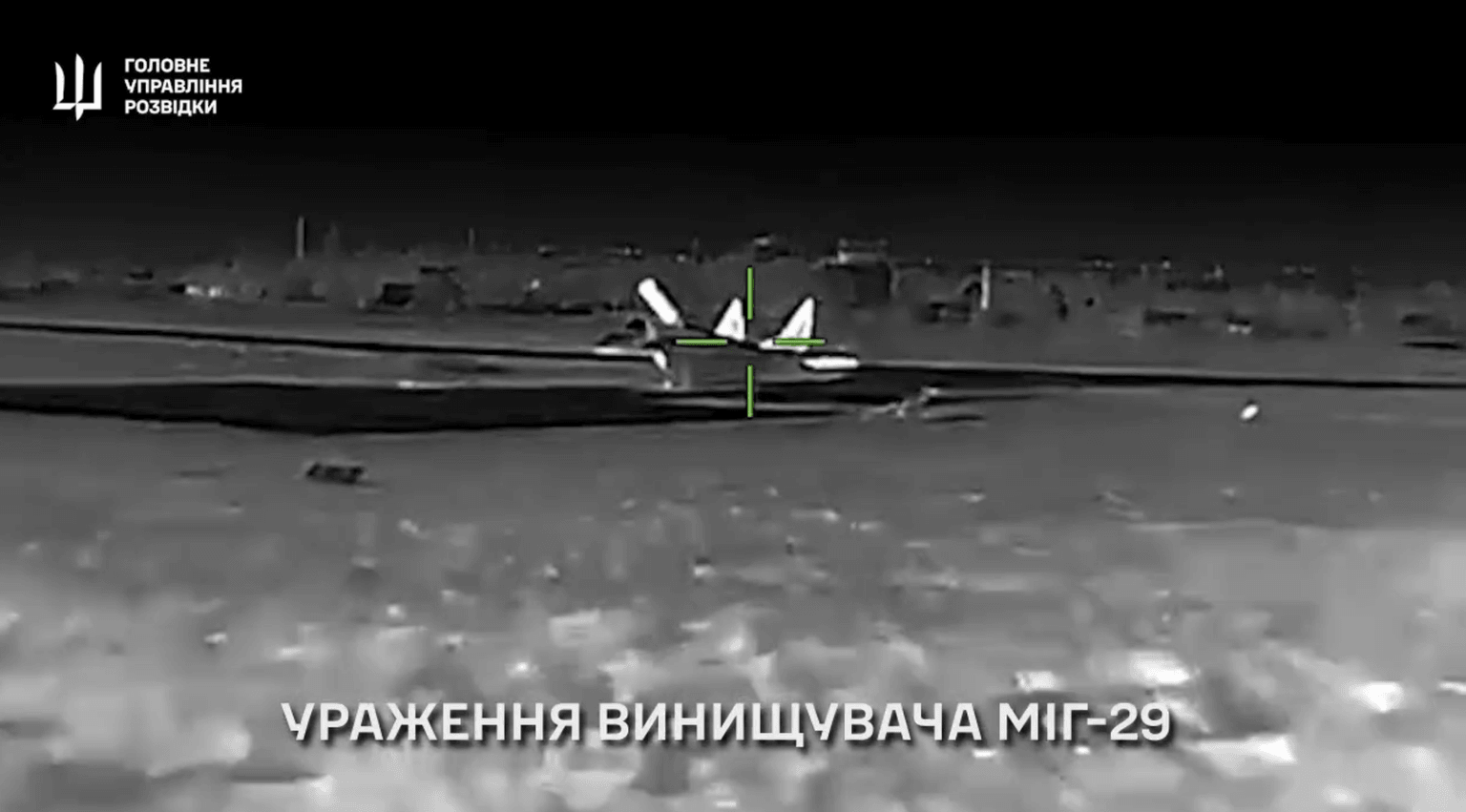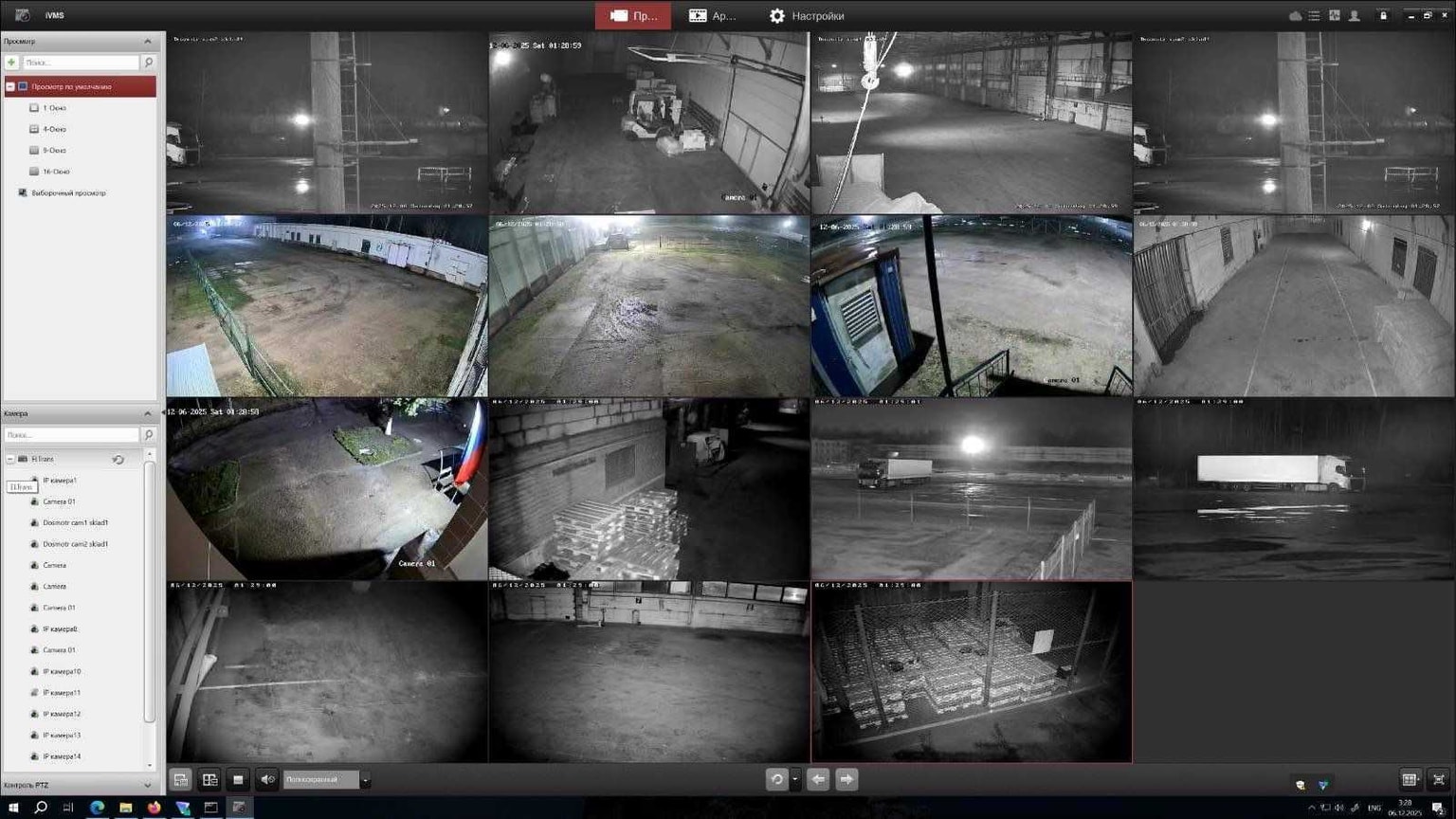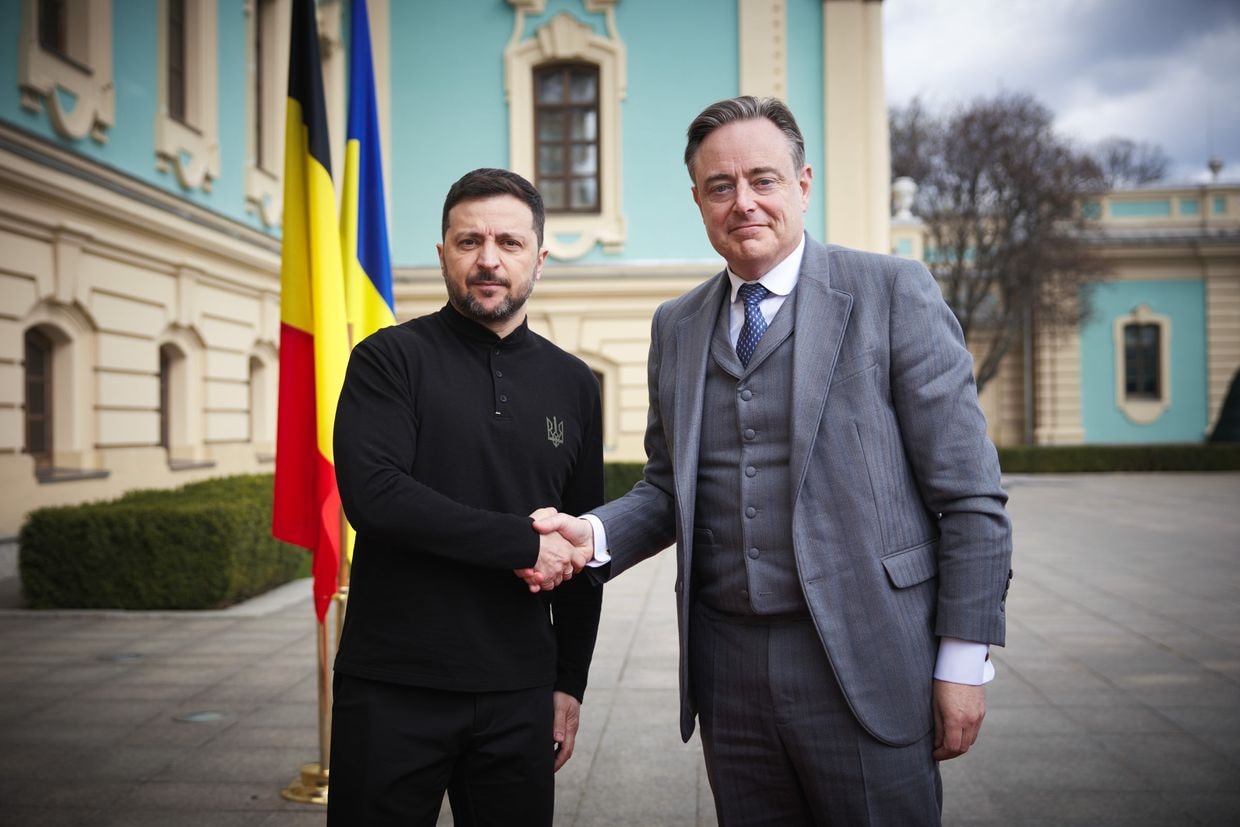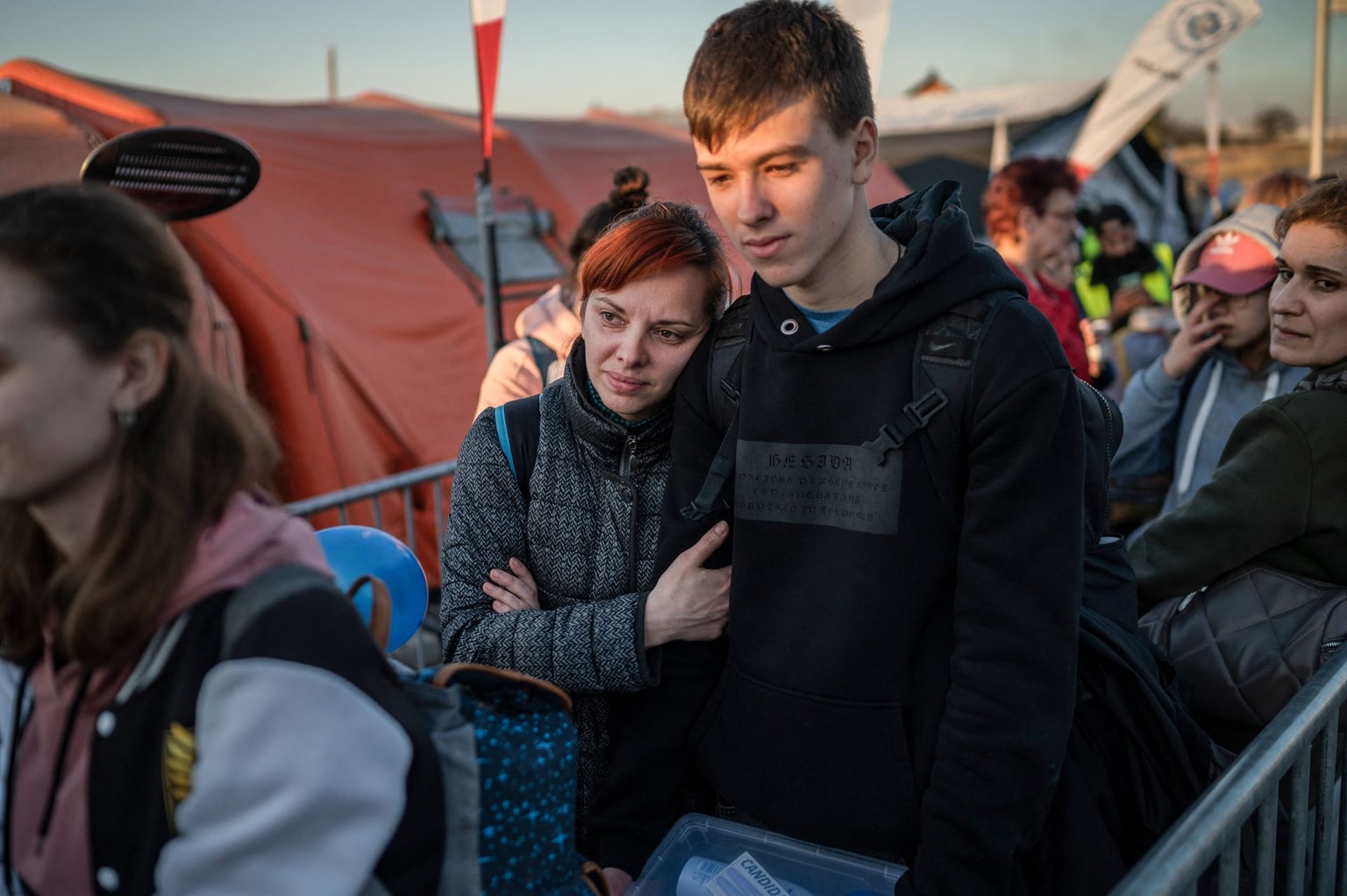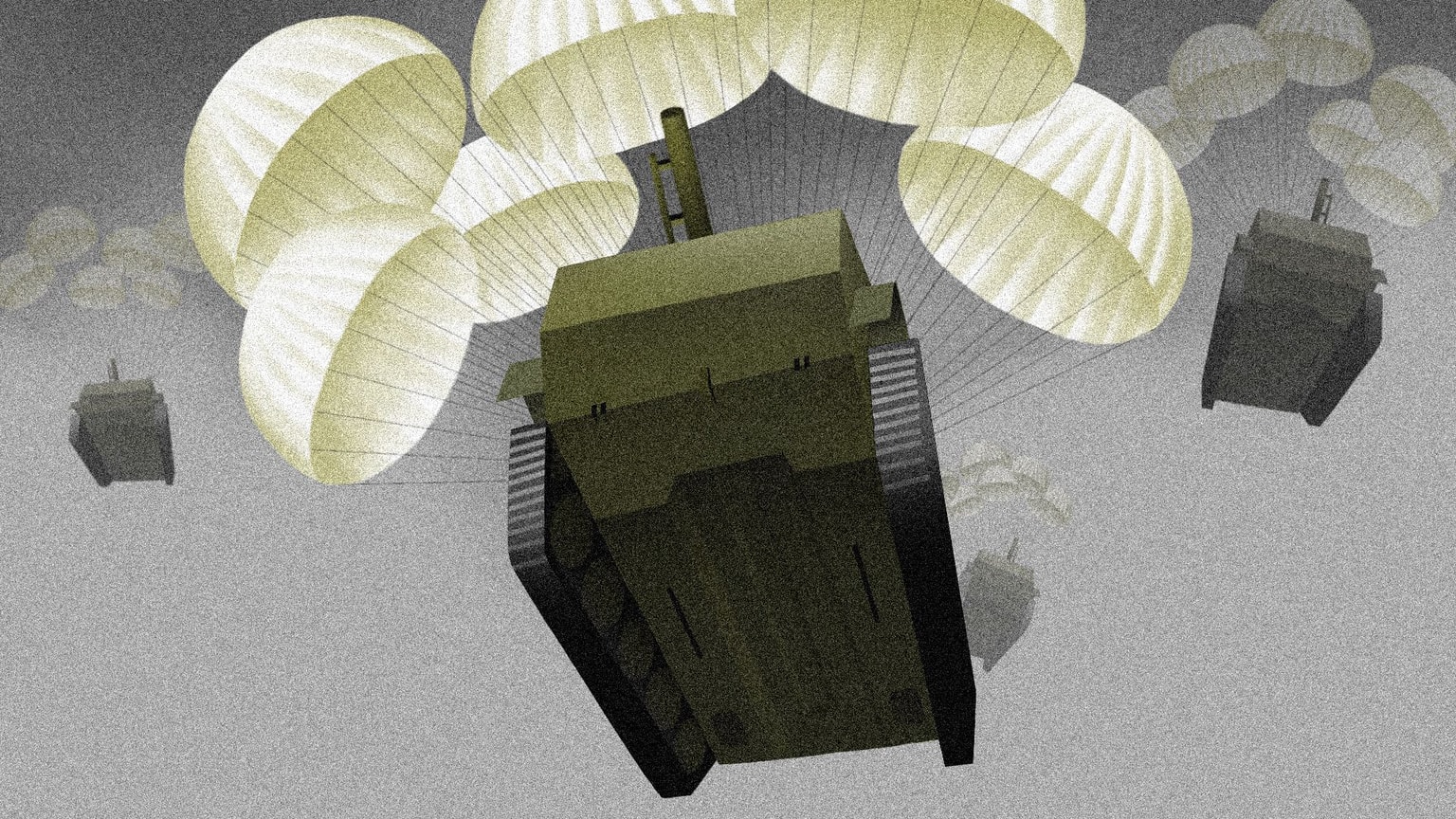Russia withdraws from US deal to dispose of plutonium for thousands of warheads
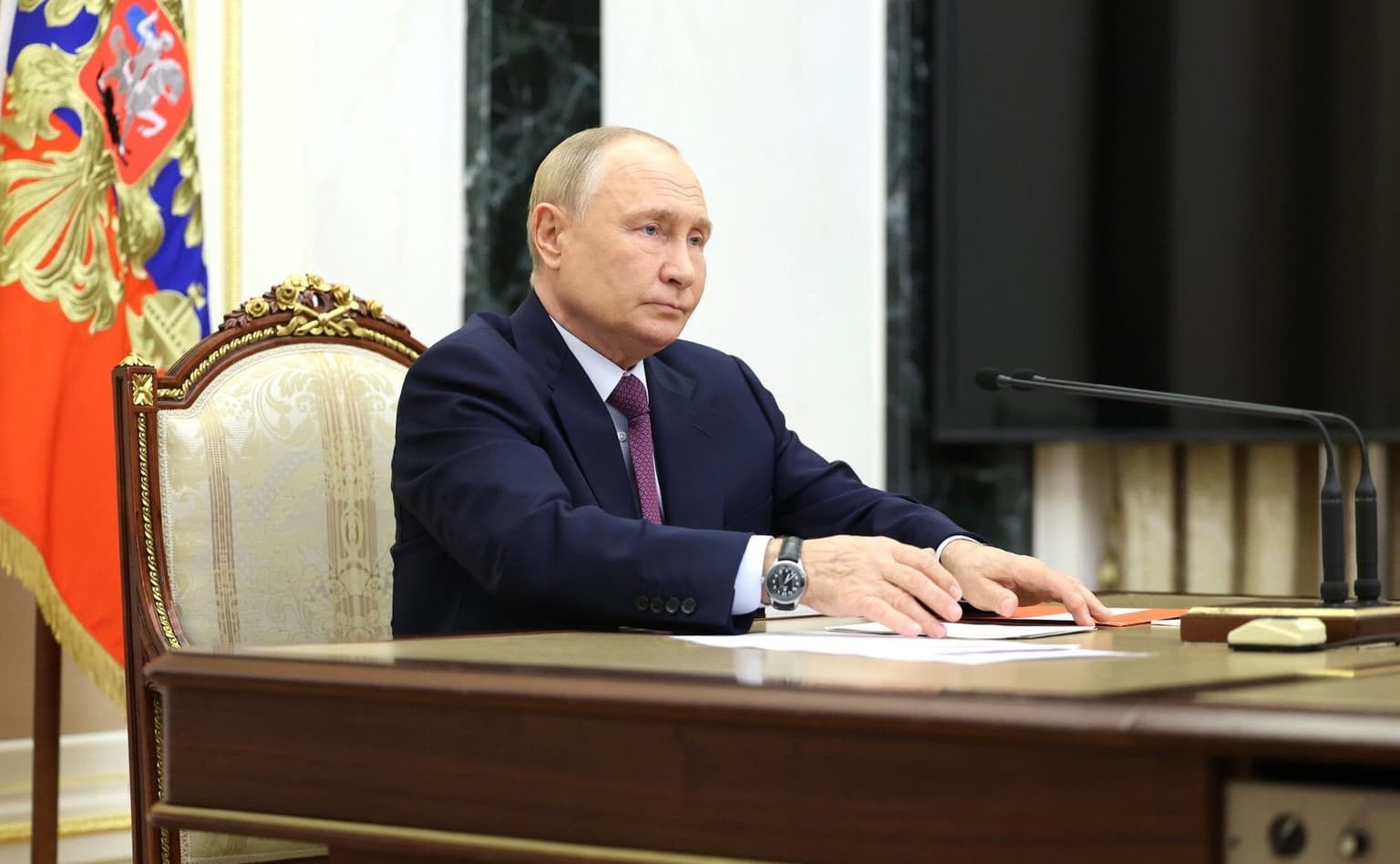
Russian President Vladimir Putin signed a law formally withdrawing from the Plutonium Management and Disposition Agreement with the U.S., according to a decree published on Oct. 27.
The 2000 agreement obligated both countries to dispose of 34 tons of weapons-grade plutonium — enough for thousands of nuclear warheads — no longer required for defense purposes.
Following the end of the Cold War, both Russia and the U.S. dismantled thousands of warheads, leaving costly stockpiles of weapons-grade plutonium and raising proliferation risks.
Under the deal, the plutonium was to be processed into fuel for civilian nuclear power plants. Russia ratified the agreement in 2011, with implementation initially planned to begin in 2018.
Moscow suspended its participation in 2016, accusing Washington of violating its obligations.
At the time, Putin justified the suspension by citing "the emergence of a threat to strategic stability as a result of unfriendly actions by the U.S.," and demanded the lifting of sanctions imposed after the 2014 occupation and annexation of Crimea.
The Russian parliament passed the denunciation bill in early October, paving the way for Putin's formal withdrawal. The decision effectively ends one of the last remaining post-Cold War nuclear security agreements between Moscow and Washington.
This followed confirmation by Russian Chief of General Staff Valery Gerasimov that Russia had successfully tested its nuclear-powered, nuclear-armed Burevestnik cruise missile on Oct. 26.
The test drew criticism from U.S. President Donald Trump, who called the move "not appropriate" and urged Putin to focus on ending the war in Ukraine. Trump also said Moscow was aware of a U.S. nuclear submarine "right off their shore."
Since launching the full-scale invasion of Ukraine in 2022, Russia has repeatedly issued nuclear threats toward Ukraine and its Western allies. The decision to end the plutonium disposal accord further strains the already fragile framework of nuclear arms control.
Putin earlier proposed maintaining existing limits on deployed strategic nuclear weapons under the New START treaty, which remains the last active arms control agreement between Russia and the U.S.
Trump indicated openness to the idea on Oct. 5, saying it "sounds like a good idea to me," but no formal agreement had been reached. The treaty is set to expire on Feb. 5, 2026.


